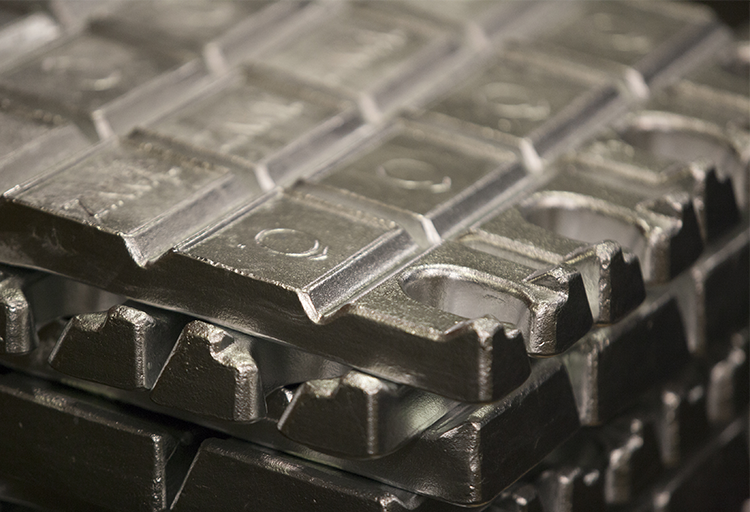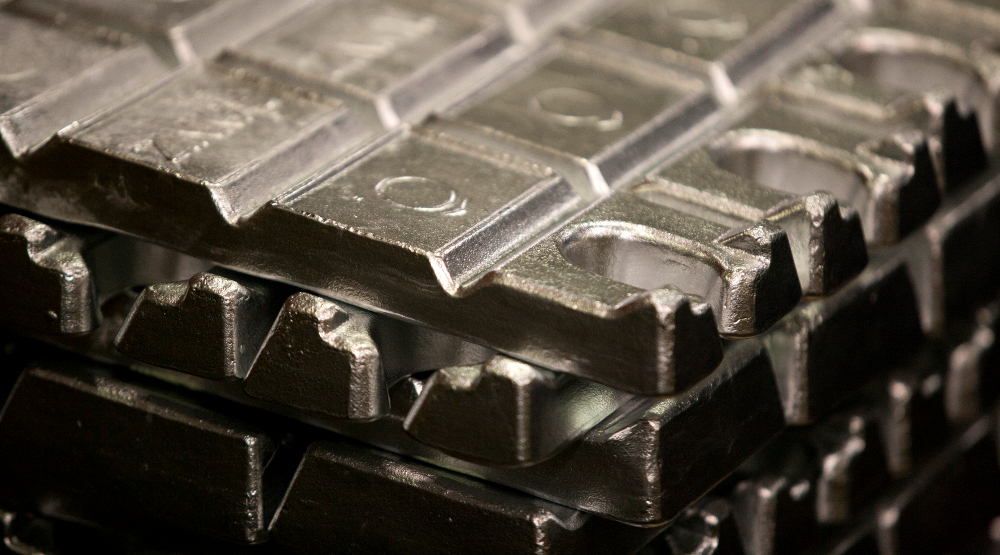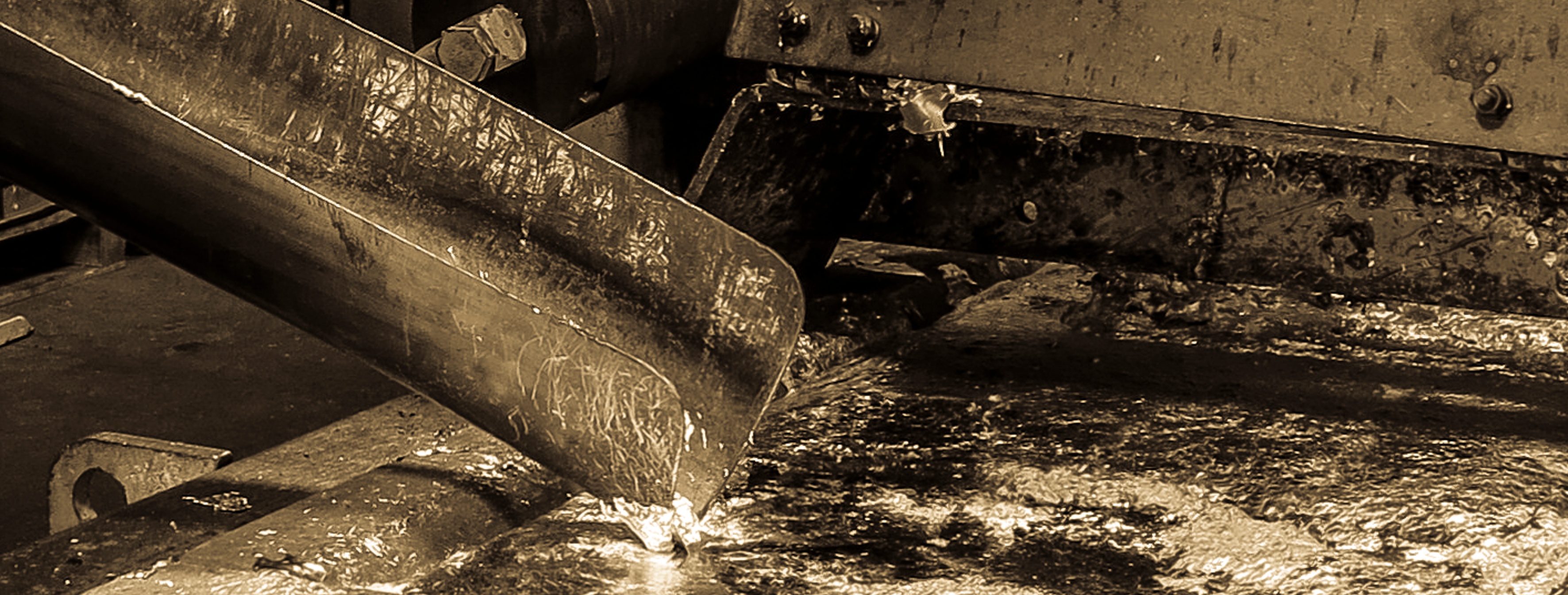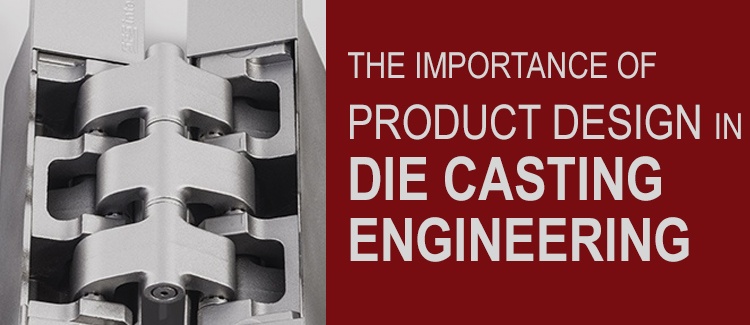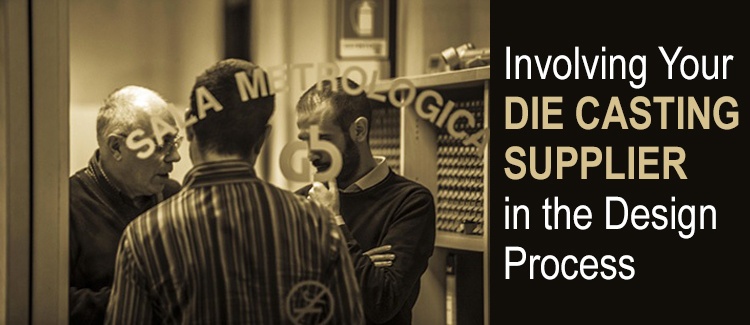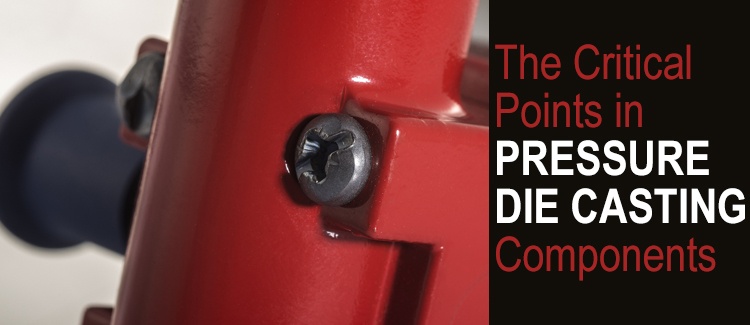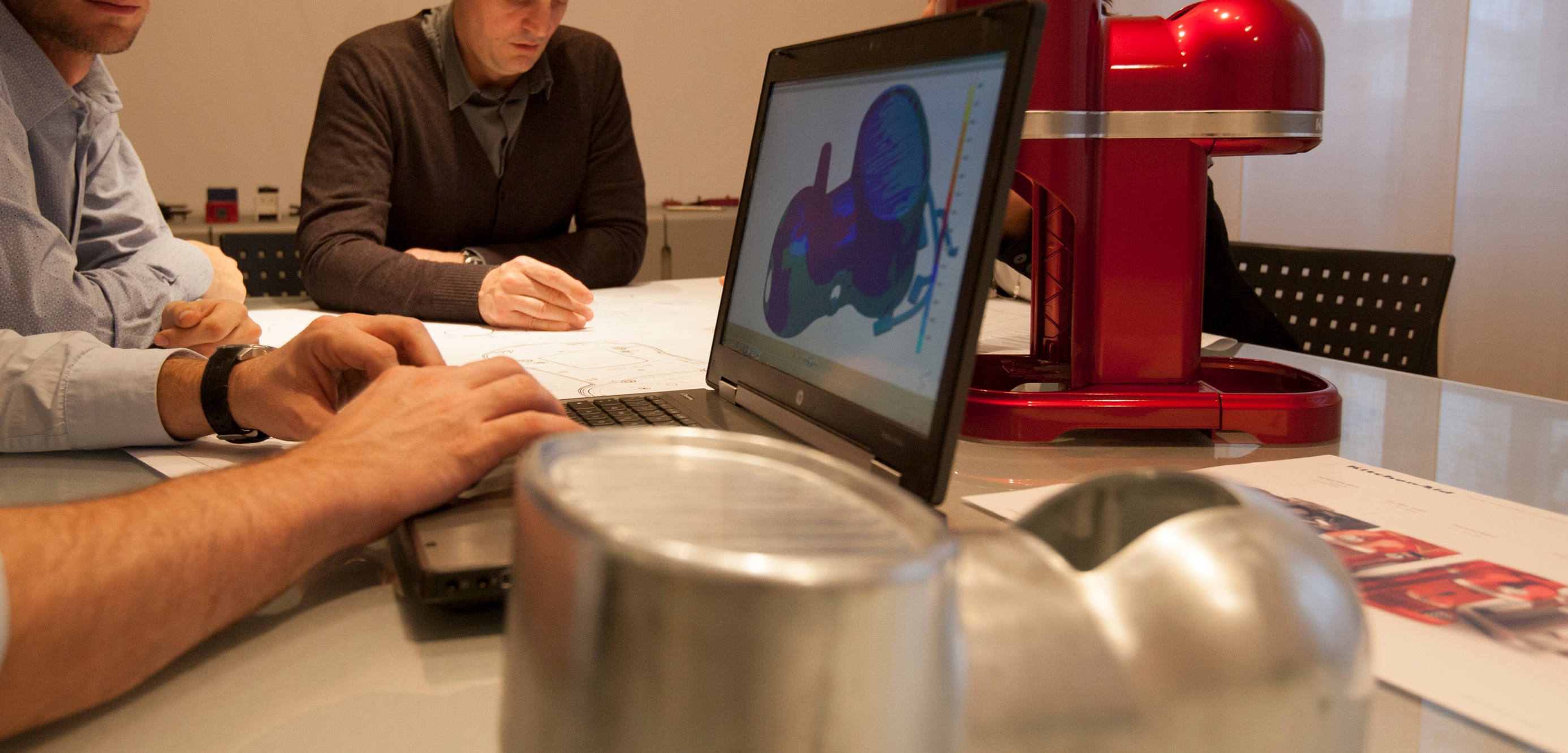All the posts for casting
Posts by Topic
- Die Casting simulation (35)
- Co-design (26)
- Cost reduction (23)
- die casting finishing (18)
- Defects reduction (16)
- high pressure die casting (16)
- die casting process (15)
- VAVE (13)
- die casting (12)
- Zinc (11)
- Zinc benefits (10)
- casting process (10)
- die casting engineering (10)
- optimization (10)
- Innovation (9)
- automotive (8)
- casting (8)
- ZAMAK (7)
- product design (6)
- quality (6)
- Mould Design (5)
- Scrap reduction (5)
- automation (5)
- saving (5)
- Mold (4)
- benefits (4)
- die casting machines (4)
- hot chamber die casting (4)
- industry (4)
- supply chain (4)
- zinc alloys (4)
- Commodity (3)
- coffee market (3)
- mold maintenance (3)
- process improvement (3)
- small appliances (3)
- technology (3)
- thin wall thickness (3)
- Shrinkage porosity (2)
- costs saving (2)
- customer service (2)
- cycle time (2)
- electronic products (2)
- improvement (2)
- metrology (2)
- mold design (2)
- process analysis (2)
- production (2)
- production process (2)
- recycling (2)
- sustainability (2)
- white goods (2)
- zinc life cycle (2)
- DFM (1)
- Electromechanical systems (1)
- HPDC (1)
- Lighting components (1)
- Press (1)
- SME (1)
- Textile (1)
- Textile Machineries (1)
- Zinc alloy actuators (1)
- actuators (1)
- chrome plating (1)
- environment (1)
- industrial machinery (1)
- industrialization (1)
- lead time (1)
- machines (1)
- painting (1)
- quality control (1)
- surface treatment (1)
- tier 2 automotive supplier (1)
- vacuum valve (1)
- zinc alloys for doors and windows (1)
Zinc alloys are renowned for their remarkable properties such as their robustness, resistance to corrosion and ease of casting. Over time, the evolution of manufacturing techniques has propelled zinc alloys to the forefront of a wide range of industries, including the automotive and electronics sectors. In this post, we will provide insights into the latest advancements unfolding within the realm of zinc alloys and their development, shifting from cutting-edge innovations to manufacturing breakthroughs.
Thanks to their excellent mechanical and physical properties zinc alloys are a perfect material for die casting: they are indeed resistant, fluid, durable and rigid. But which are the best zinc alloys for hot chamber die casting? In this post we are going to analyze the different characteristics of zinc alloys for hot chamber die casting in order to define the best choice on the basis of the features that the final product requires.
Among die casting services a supplier may offer to its customers, co-design is fundamental to realize a product with specific technical requirements. Co-design is the collaboration between the client and the die casting supplier, and it is fundamental to realize a product that has technical characteristics requested for its functionality and its aim and is at the same time in compliance to the process of die casting.
Product design is an important part in die casting engineering which can be optimized adding a co-design process. Co-design activity is composed of three different phases: prrocess design, cost analysis and product design.
Zinc casting alloys provide a better combination of strength, toughness, rigidity, bearing, performance and economical castability than any other alloy possible. In fact their properties often exceed the ones of other alloys such as aluminium, magnesium, bronze, plastics and other cast irons. For its properties of strength and duration zinc is the perfect choice for saving time and money.
There can be many suppliers involved in the die casting process such as the raw material producer, the die caster, the toolmaker and others representatives of companies involving secondary operations. The right zinc die casting supplier is able to support its customer, anyway it is fundamental that the designer has knowledge of the material features and the process phases.
There are rules that need to be considered to design products or components in pressure die casting. The application of these advices will lead to a design that is logical, efficient and cost saving. In this article we will list some critical points to be taken into account when designing pressure die casting components.
We are in the middle of a new industrial revolution: the fourth one. It’s called Industry 4.0. This term, used for the first time in Germany in 2010, is related to the digitalization of information. In this post we will see how Bruschi is approaching Industry 4.0 and how this new industrial revolution is affecting its business.
